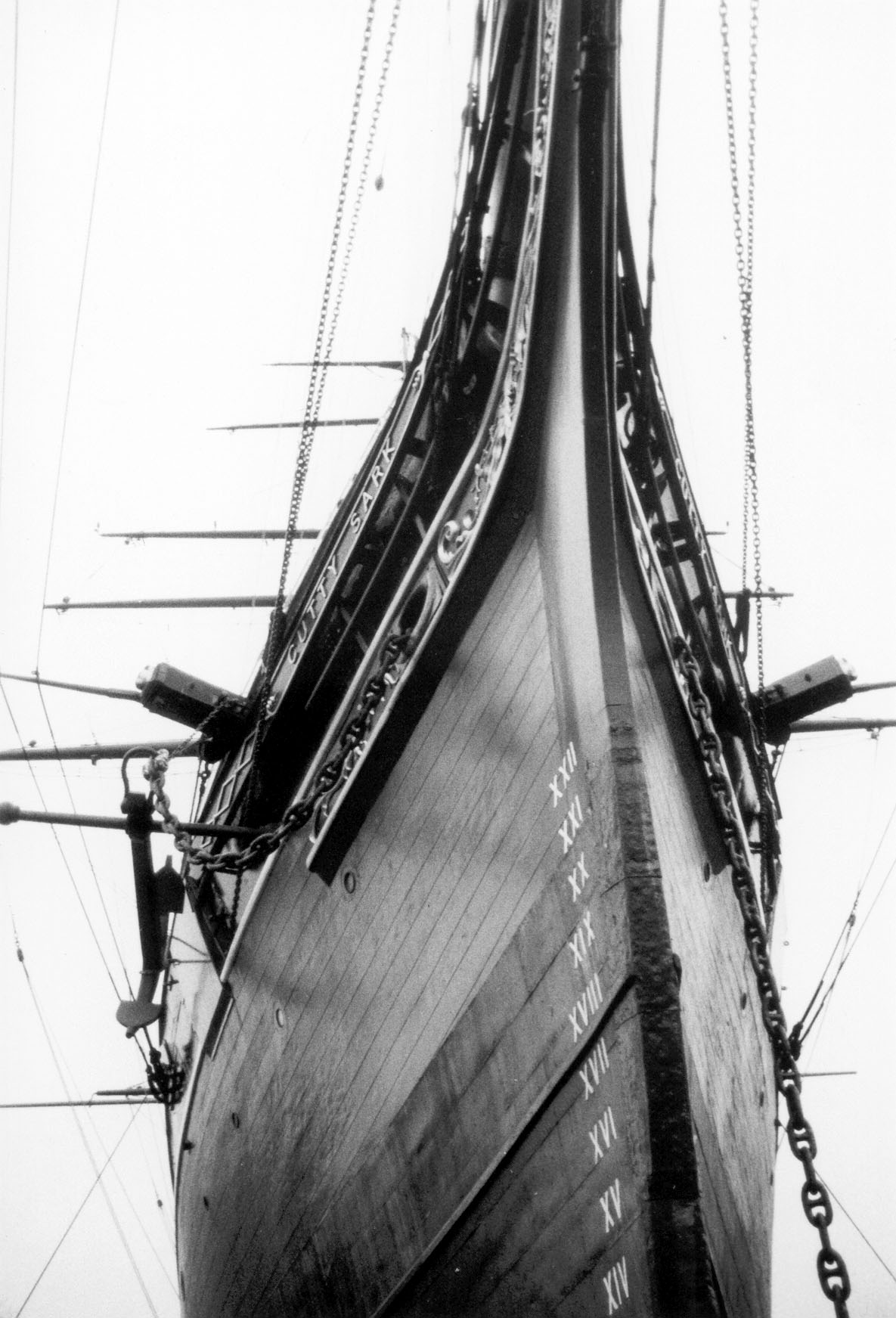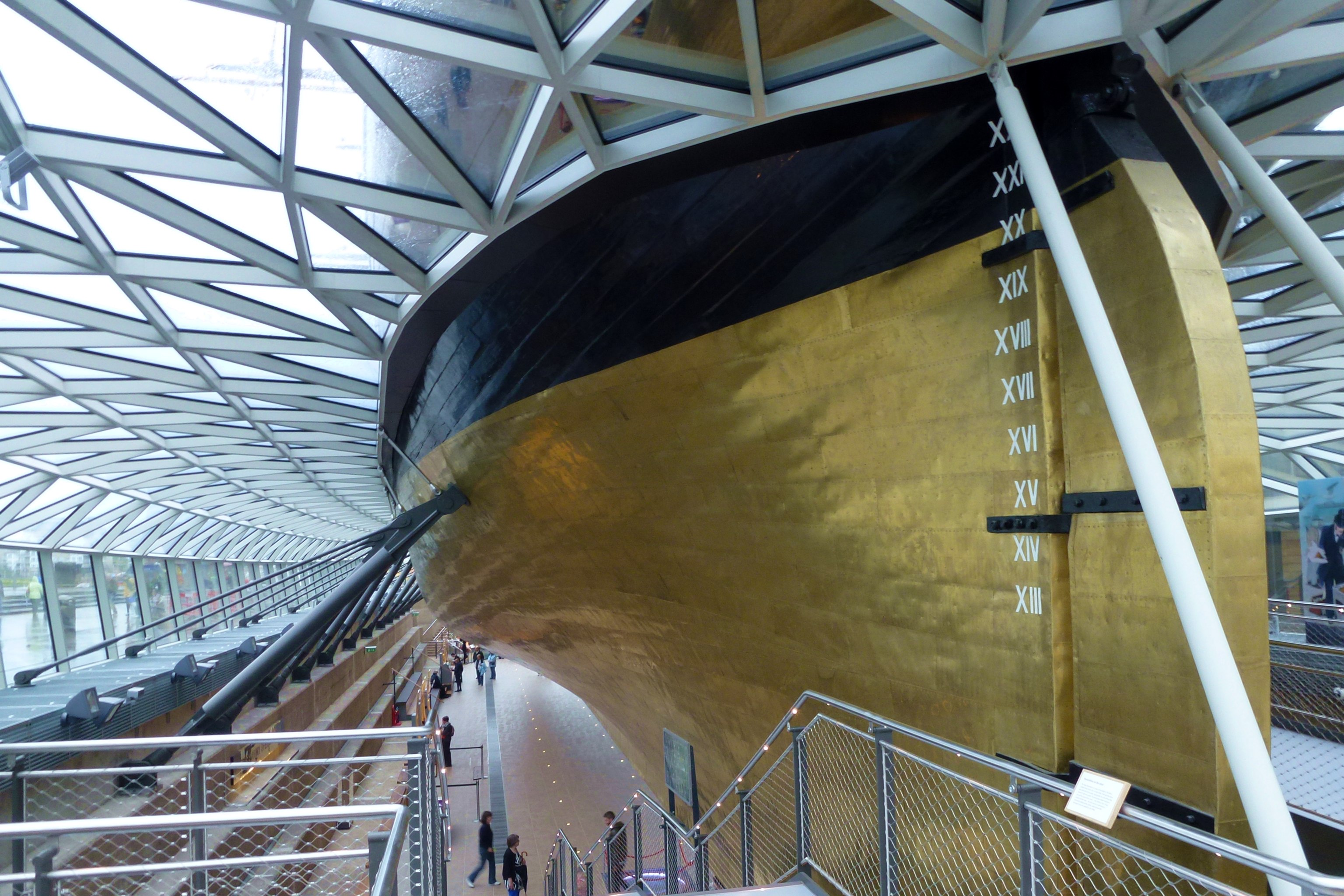Muntz Metal on:
[Wikipedia]
[Google]
[Amazon]

 Muntz metal (also known as yellow metal) is an alpha-beta brass
Muntz metal (also known as yellow metal) is an alpha-beta brass
National Pollutant Inventory - Copper and compounds fact sheet
Patent, 1832
Patent, 1832
Patent, 1846
1852
1867
1874
1874 Copper alloys

 Muntz metal (also known as yellow metal) is an alpha-beta brass
Muntz metal (also known as yellow metal) is an alpha-beta brass alloy
An alloy is a mixture of chemical elements of which in most cases at least one is a metal, metallic element, although it is also sometimes used for mixtures of elements; herein only metallic alloys are described. Metallic alloys often have prop ...
composed of approximately 60% copper
Copper is a chemical element; it has symbol Cu (from Latin ) and atomic number 29. It is a soft, malleable, and ductile metal with very high thermal and electrical conductivity. A freshly exposed surface of pure copper has a pinkish-orang ...
, 40% zinc
Zinc is a chemical element; it has symbol Zn and atomic number 30. It is a slightly brittle metal at room temperature and has a shiny-greyish appearance when oxidation is removed. It is the first element in group 12 (IIB) of the periodic tabl ...
and a trace of iron. It is named after George Fredrick Muntz, a metal-roller of Birmingham
Birmingham ( ) is a City status in the United Kingdom, city and metropolitan borough in the metropolitan county of West Midlands (county), West Midlands, within the wider West Midlands (region), West Midlands region, in England. It is the Lis ...
, England
England is a Countries of the United Kingdom, country that is part of the United Kingdom. It is located on the island of Great Britain, of which it covers about 62%, and List of islands of England, more than 100 smaller adjacent islands. It ...
, who commercialised the alloy following his patent of 1832.
The alloy must be worked hot and is used today for corrosion-resistant machine parts. Alpha-beta (also called duplex) metals contain both the α and β phases. The α phase refers to a crystal structure
In crystallography, crystal structure is a description of ordered arrangement of atoms, ions, or molecules in a crystalline material. Ordered structures occur from intrinsic nature of constituent particles to form symmetric patterns that repeat ...
that is face-centered cubic
In crystallography, the cubic (or isometric) crystal system is a crystal system where the unit cell is in the shape of a cube. This is one of the most common and simplest shapes found in crystals and minerals.
There are three main varieties o ...
, while the β phase is body-centered cubic
In crystallography, the cubic (or isometric) crystal system is a crystal system where the Crystal structure#Unit cell, unit cell is in the shape of a cube. This is one of the most common and simplest shapes found in crystals and minerals.
There ...
.
Its original application was as a replacement for copper sheathing on the bottom of boats, as it maintained the anti-fouling
Biofouling or biological fouling is the accumulation of microorganisms, plants, algae, or small animals where it is not wanted on surfaces such as ship and submarine hulls, devices such as water inlets, pipework, grates, ponds, and rivers that ...
abilities of the pure copper at around two thirds of the price. It became the material of choice for this application and Muntz made his fortune. It was found that copper prevented any organism that attempted to attach itself to a hull sheathed in the metal. Thus, it was also used to sheathe the piles of piers in tropical seas, as a protection against teredo shipworm
The shipworms, also called teredo worms or simply teredo (, via Latin ), are marine bivalve molluscs in the family Teredinidae, a group of saltwater clams with long, soft, naked bodies. They are notorious for boring into (and commonly eventual ...
s, and in locomotive tubes. After successful experimentation with the sheathing Muntz also took out a patent for bolts of the same composition. These too proved a success as they not only were cheaper but also very strong and lasted longer. A notable use of Muntz metal was in the hull of the '' Cutty Sark''.
Company history
Muntz's new metal contained more copper, less zinc, and a bit of iron not present in a similar 56:44 alloy patented by William Collins in 1800. Production began on Water Street, Birmingham, but moved to Swansea in 1837. In 1842 he bought the French Walls Works inSmethwick
Smethwick () is an industrial town in the Sandwell district, in the county of the West Midlands (county), West Midlands, England. It lies west of Birmingham city centre. Historically it was in Staffordshire and then Worcestershire before bei ...
, formerly the site of James Watt Jr.'s ironworks. The site soon proved inadequate, and in 1850 a further were bought, on the other side of the Birmingham, Wolverhampton & Stour Valley Railway. Eventually, as the business outgrew Muntz's own rolling mill in Birmingham, he joined in partnership with Pascoe Grenfell and sons who produced it at their Swansea mill as Muntz's Patent Metal Company. They and other partners then fixed the prices of the alloy at £18 per ton lower than the market price for the equivalent copper product, serving to establish Muntz Metal as the sheathing of choice where transport costs still kept it as an efficient competitor. As an example of their success in entering the market, 50 ships were metalled with Muntz metal in 1837, over 100 in 1838, doubling in 1840 and doubling again by 1844.
With Muntz successfully supervising the manufacturing operations, by 1840 Muntz's Patent Metal Company employed 30 men to smelt and roll the alloy and was producing 2,000 tons yearly. Three years later the Company had over 200 men producing 3,000–4,000 tons yearly at £8 per ton profit. By then the Grenfells had left the partnership, for the agreement with Pascoe Grenfell & Sons had been terminated with some acrimony in 1842. When Muntz's patent expired in 1846, they and others began making fastenings and sheathing to the Muntz patent at will.
Muntz died in 1857, to be succeeded by his eldest son, also called George Fredrick, who sold the business in 1864 to a joint stock company, Muntz's Metal Co. Ltd. In 1921 the company was bought by Elliott's Metal Company, which became part of ICI's Imperial Metals division (now IMI plc) in 1928.
See also
*Anti-fouling paint
Anti-fouling paint is a specialized category of coatings applied as the outer (outboard) layer to the hull of a ship or boat, to slow the growth of and facilitate detachment of subaquatic organisms that attach to the hull and can affect a ve ...
References
{{reflistExternal links
National Pollutant Inventory - Copper and compounds fact sheet
Patent, 1832
Patent, 1832
Patent, 1846
1852
1867
1874
1874 Copper alloys